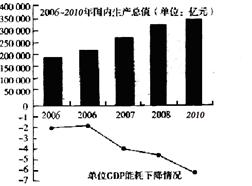Social control refers to social processes, planned or unplanned, by which people are taught, persuaded, or forced to conform to norms. In every society, some punishments or negative sanctions are established for deviant behavior. Without deviant behavior there would not be need for social control and without social control there would not be a way of recognizing the boundary between the acceptable and the unacceptable.
Social control may be either formal or informal. Informal mechanisms include expressions of disapproval by significant others and withholding of positive rewards for disapproved behavior. Most people internalize norms in the course of socialization. This is any group’s most powerful protection against deviance, in that the individual’s own conscience operates as an agent of social control. When informal sanctions fail, formal agents of social control may be called upon. In contemporary society, such formal agents and agencies include psychiatry and other mental health professions; mental hospitals; police and courts of law; prisons; and social welfare agencies. All these formal agents function to limit, correct, and control violation of norms. Conflict theorists would also point out that social control agents and systems tend, in any society, to serve the interests of powerful groups and to enforce the norms most beneficial to those who make the rules and who, therefore, define unacceptable behavior.
Social control, whether formal or informal, has a dual function. First, it punishes the wrongdoer and reaff’irms the boundaries of acceptable behavior. Second, and less recognized, it regulates the manner in which deviants are treated.
In the third paragraph, "a dual function" refers to ().
A. formal and informal
B. rewards and penalties
C. approval and disapproval
D. clarification and regulation
参考答案:D
解析:
推断题型。
文章的最后一段First, it punishes the wrongdoer and reaffirms the boundaries of acceptable behavior. Second, and less recognized, it regulates the manner in which deviants are treated.中的First...分句中的reaffirm“重申”,Second...分句中的 regulate“控制和管理”与D项clarification and regulation是对应词。

